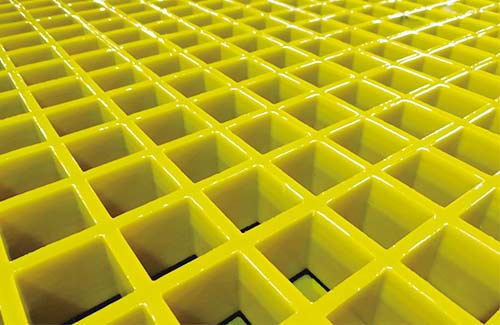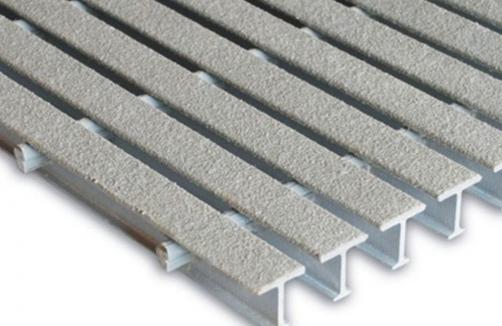FRP Grating Price and Cost Analysis: A Comprehensive Guide
FRP (Fiberglass Reinforced Plastic) grating is a popular choice for industrial applications due to its durability, corrosion resistance, and lightweight properties. However, understanding the factors that influence its price and cost is crucial for businesses looking to implement this material in their infrastructure. This guide aims to address common questions and provide a comprehensive analysis of FRP grating pricing and cost considerations.
What Factors Influence FRP Grating Prices?

One of the primary questions businesses ask is, “What determines the cost of FRP grating?” The price of FRP grating is influenced by several key factors:
-
Material Quality: The type of fiberglass and resin used can significantly impact the cost. Higher-grade materials generally result in more durable and long-lasting grating.
-
Size and Dimensions: Larger or custom-sized FRP grating will naturally be more expensive due to increased material usage and manufacturing complexity.
-
Surface Finish: Different surface finishes, such as smooth or textured, can affect the price. Textured surfaces often provide better anti-slip properties but may come at a higher cost.
-
Processus de fabrication: The method used to manufacture FRP grating can also influence the price. Automated processes may reduce costs, while handcrafted grating tends to be more expensive.
-
Additional Features: Features like non-slip surfaces, fire retardancy, or UV resistance can increase the cost but provide enhanced performance and safety.
How to Calculate the Cost of FRP Grating?
Another common question is, “How can I accurately calculate the cost of FRP grating for my project?” To determine the total cost, consider the following steps:
-
Determine the Required Area: Measure the exact area where the FRP grating will be installed.
-
Select the Appropriate Grade: Choose the grade of FRP grating that meets your project requirements in terms of strength and durability.
-
Add Up the Material Costs: Multiply the area by the price per square foot of the chosen grating to get the material cost.
-
Include Installation Costs: Factor in the cost of installation, which can vary based on the complexity of the project.
-
Consider Additional Features: Add any additional features or customizations to the total cost.
Is FRP Grating a Cost-Effective Solution?
Many businesses wonder, “Is FRP grating a cost-effective choice compared to other materials?” While the initial investment in FRP grating may be higher than traditional materials like steel or concrete, its long-term benefits often make it a more economical option. FRP grating requires minimal maintenance, has a longer lifespan, and is resistant to corrosion and environmental factors, reducing overall lifecycle costs.
Sharing Insights on FRP Grating Applications
FRP grating is widely used in various industries, including:
- Chemical Plants: Due to its corrosion resistance, FRP grating is ideal for chemical processing environments.
- Marine Structures: FRP grating’s ability to withstand saltwater exposure makes it suitable for marine applications.
- Bridge Decks: FRP grating provides a lightweight yet strong alternative to traditional bridge deck materials.
- Industrial Platforms: Its durability and ease of installation make FRP grating a popular choice for industrial platforms and walkways.
By choosing FRP grating, businesses can enjoy enhanced safety, durability, and cost savings over time.
Conclusion
Understanding the factors that influence FRP grating prices and costs is essential for making informed decisions about your infrastructure projects. By considering material quality, size, surface finish, manufacturing process, and additional features, you can accurately calculate the cost and determine if FRP grating is the right choice for your needs. With its numerous applications and long-term benefits, FRP grating proves to be a cost-effective and reliable solution for various industrial and commercial projects.







